ARMENIA - Echmiadzin (Saint Hripsime & Saint Gayane Church)

Vagharshapat is one of the historic capitals of Armenia and is commonly known as Echmiadzin. Along with other historical churches of Vagharshapat, Saint Hripsime & Saint Gayane Church is a UNESCO World Heritage Site.
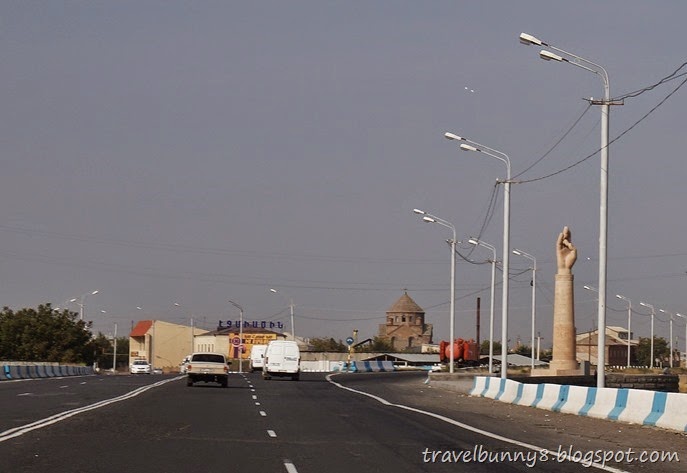
Still in Vagharshapat which is located 18km from Yerevan, I travelled from Etchmiadzin Cathedral to Saint Hripsime Church.

Completed in the year 618, Saint Hripsime Church was named after Hirpsime, one of the first Christian martyrs of Armenia who was martyred in the year 290. Her beauty was her curse as she was first forced to marry the Roman emperor Diocletian. She fled from Rome to Armenia with the abbess Gayane and other nuns. But when Armenian King Tiridate III received a letter from Diocletian describing her beauty, he looked for her and found her hiding with the other nuns. When she refused Tirdate’s advance, she was tortured and martyred at the location of this church.

One of the oldest surviving church in Armenia, this church was in fact built as a dedication to Saint Hripsime. St. Gregory the Illuminator saw a vision, in which Christ told him to erect a memorial to Hripsime in the given place. He was designated to set out the foundations at the location where Hripsime was martyred.

Known for its fine Armenian architecture of the classical period, the Saint Hripsime Church has influence many other Armenian churches since.

Entering the church.

Two tombstone at the entrance of the church which belonged to 18th century Armenian Catholicoi, Asdvadzadur and Garabed II.
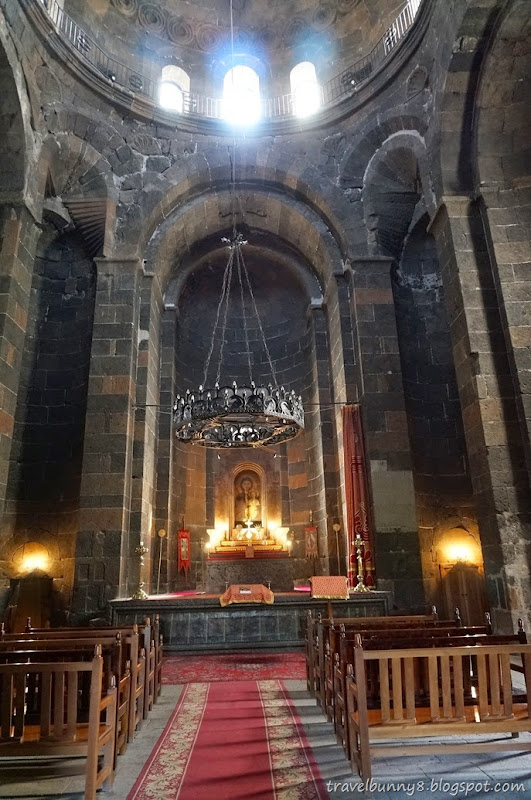
Interior of Saint Hripsime Church.

A khachkar in the church.
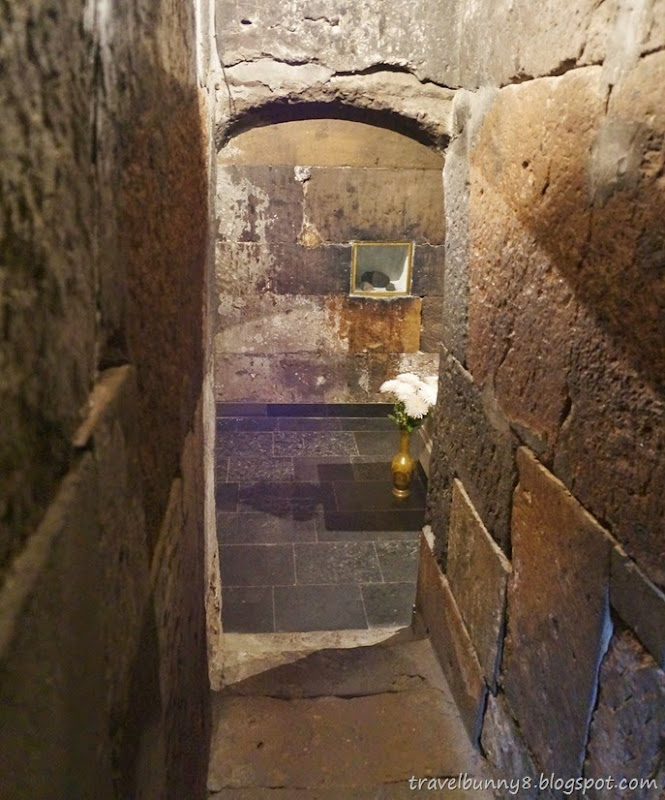
Entering an underground chamber.

This underground mausoleum beneath the church, contains the tomb of Hripsime. When she chose the life of Christ over the title of Queen, Hripsime had her tongue cut out, stomach cut opened and eyes pierced. After being killed, her body was chopped and later burned.
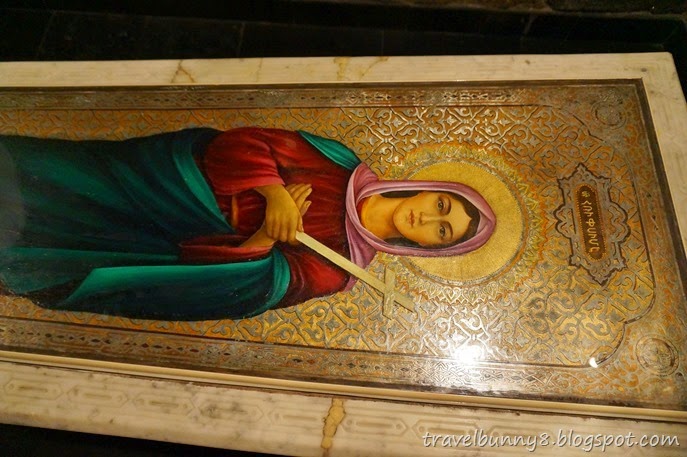
This picture on the tombstone is just a depiction of Hripsime to reflect her beauty.

The original mausoleum for Hripsime was actually constructed in the year 395, more than 200 years before the construction of the church. In 1979, archaeological excavations has discovered the ancient tomb under the walls of the St Hripsime church.

The church’s dome with the 12 ribs reinforcing the dome. In fact the whole structure of the church has withstood numerous earthquakes due to many aspects that give it strength and stability.
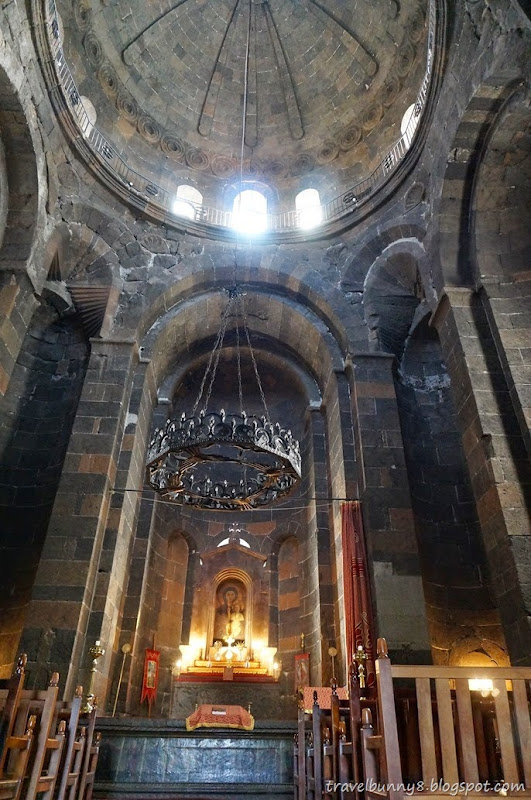
The church has undergone several changes since it was built. It was renovated between 1651 – 1653 by Catholicos Philippos.
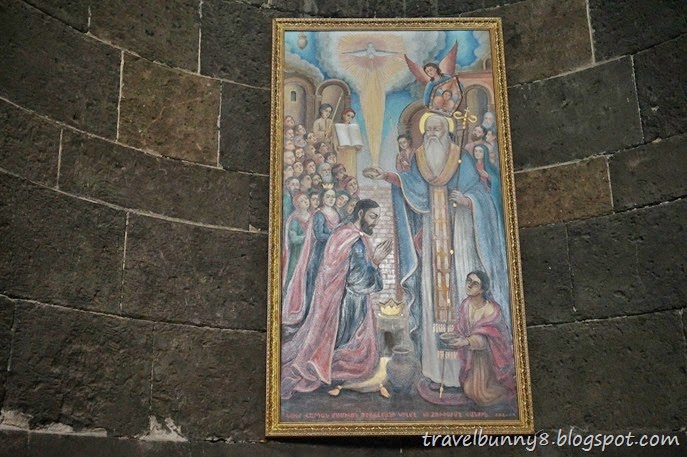
King Tiridates III who ordered the torture and murder of Hripsime and her companion was converted to Christianity and made it the official religion of the Kingdom in the year 301. Seen here in the picture is the King being baptized by Gregory the Illuminator.
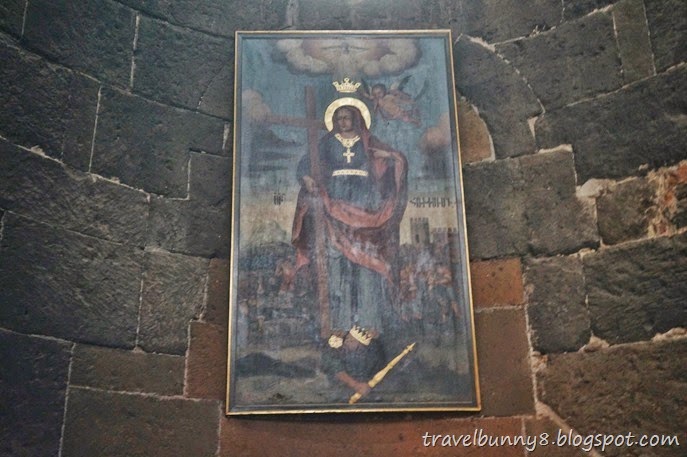
A drawing of Saint Hripsime. The commemoration of Hripsime and her companions are actually celebrated all over the world by the Roman Catholic Church, Orthodox Church and of course the Armenian Apostolic Church.
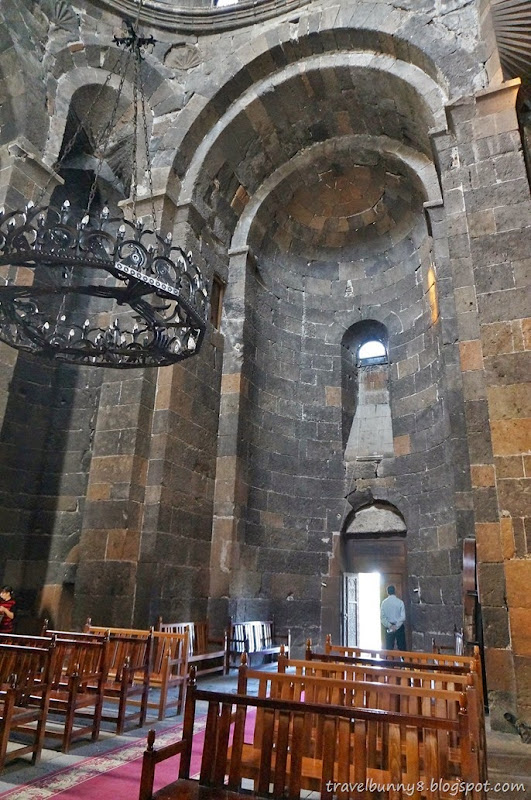
There is even an annual pilgrimage by Ethiopian Christians to this church in January. In honour of the Saint, Hripsime remains a fairly common name in Armenia and even in Ethiopia and Eretria.

Such a life touching story of Hripsime. Very fortunate to have visited the church.

Walked around the garden around St. Hripsime Church.
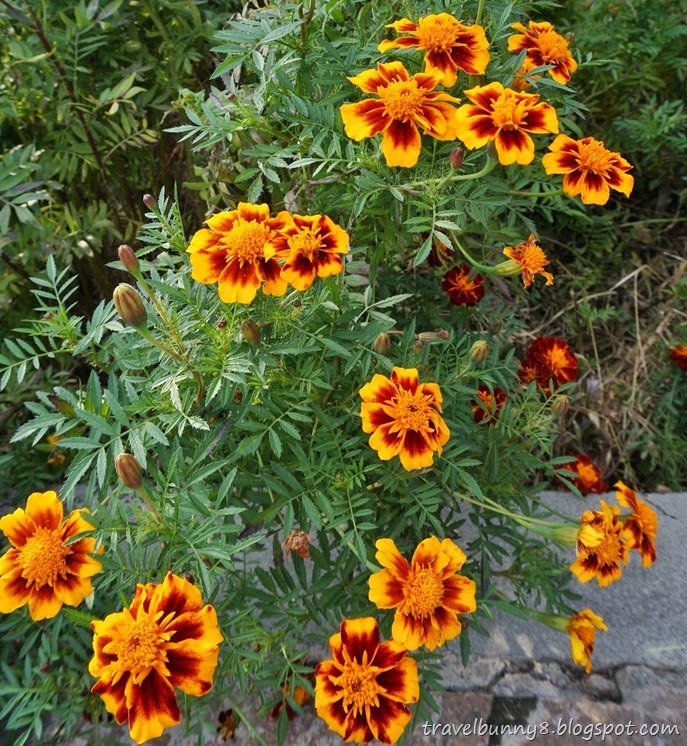
They have such beautiful flowers.

Saw some men playing cards by the roadside when we were on our way to St. Gayane Church.

The wall that surround the St. Gayane Church.

Saint Gayane Church as seen through the arch gate.
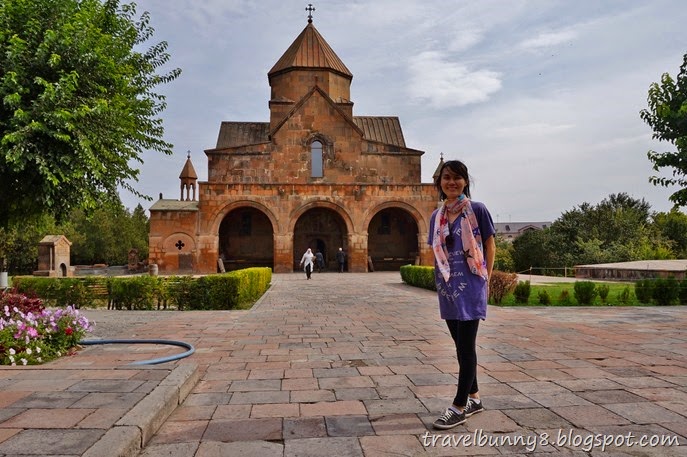
This is the site where St. Gayane was martyred by King Tiridates III of Armenia in the year of 301. As mentioned earlier, St. Gayane and other nuns fled from Rome with Hripsime to Armenia when Hripsime was forcefully married to the Roman Emperor Diocletian. Trdat of Armenia discovered where the nuns were hiding and fell in love with Hripsime and later Gayane. But both nuns rejected him which resulted them being tortured and martyred.
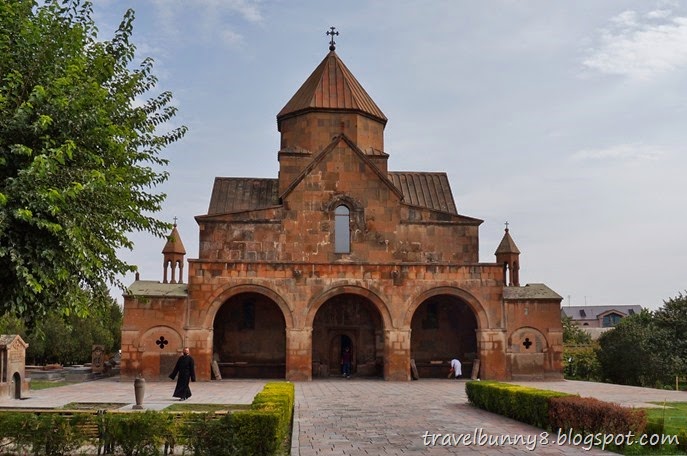
St. Gayane Church was later built by Catholicos Ezra I in the year 630.
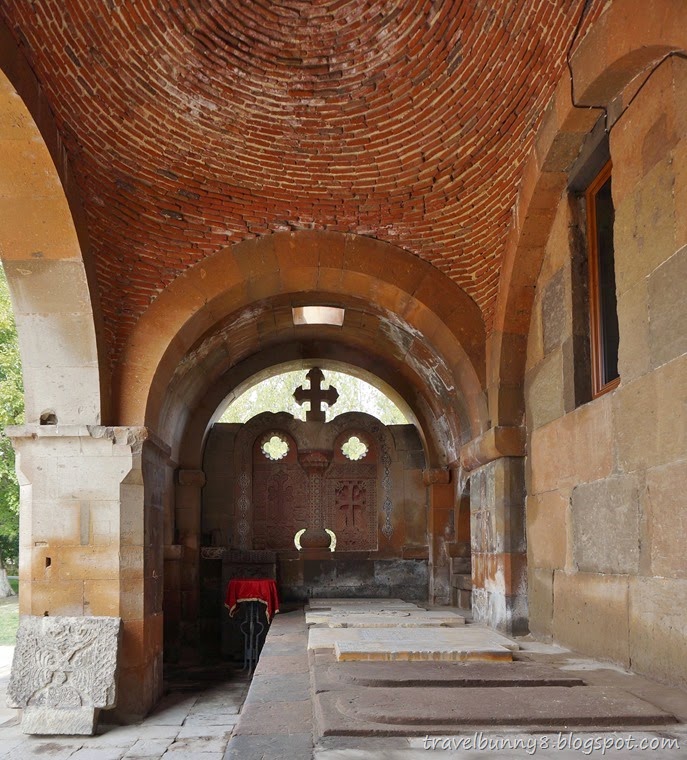
St Gayane and he companions were tortured and put to death except for St Nune or better known as St Nino.

If you have read my previous posting on Georgia, St Nino went to Georgia and is known to be the one who spread Christianity in Georgia.
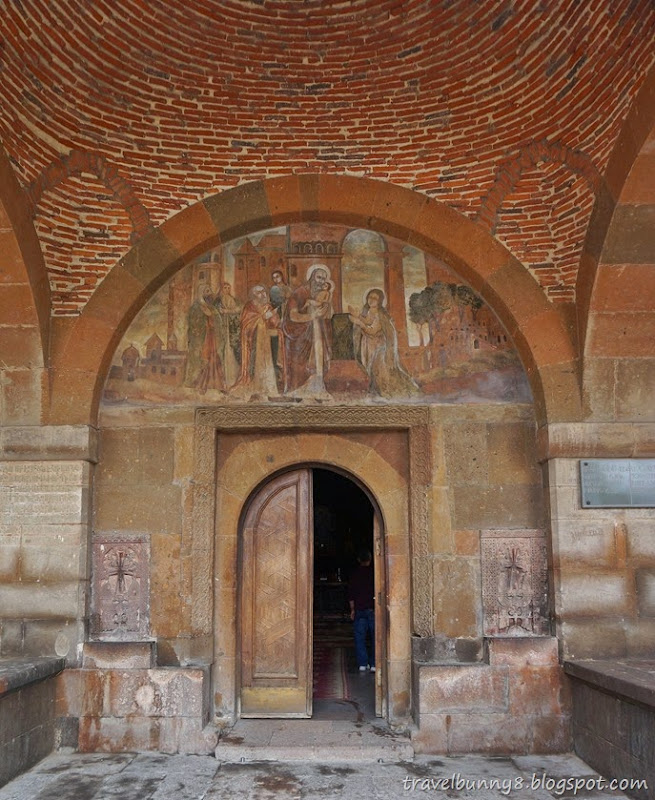
The frescoes depicting saints above the entrance door.
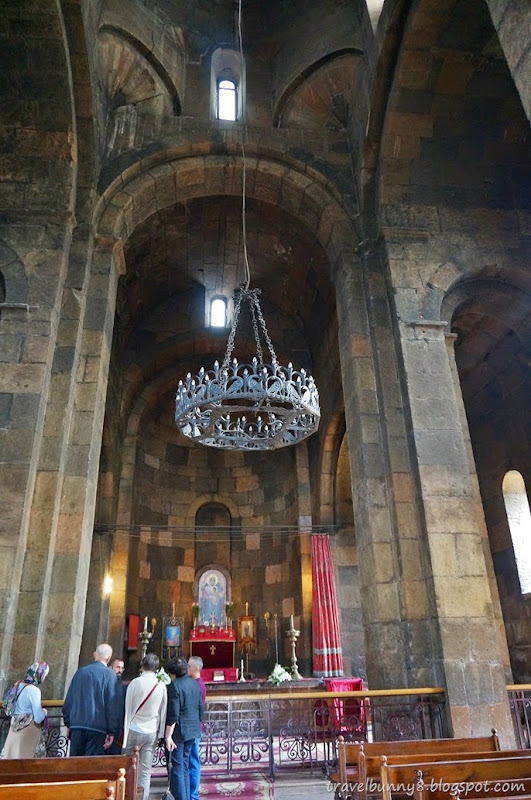
The interior of St. Gayane Church.
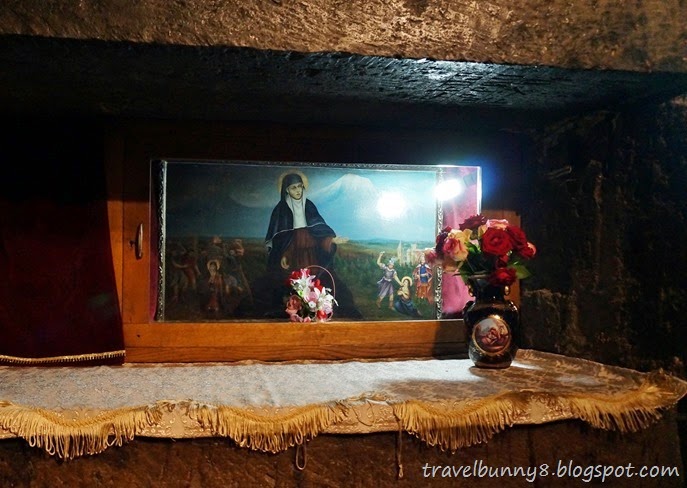
Portrait of Saint Gayane with Mount Ararat as the background.
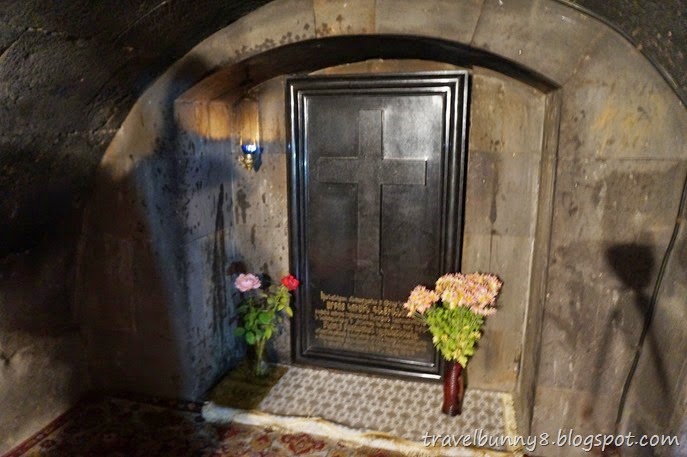

The church was built in 630 and restored in 1652. Its design has remained unchanged although the dome and some ceilings were renovated.
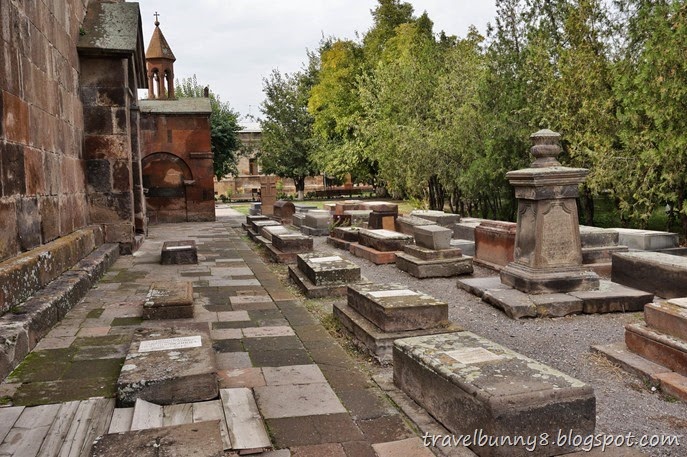
More tombs around the church.

Outside the walls that surrounded the church, was a cemetery.

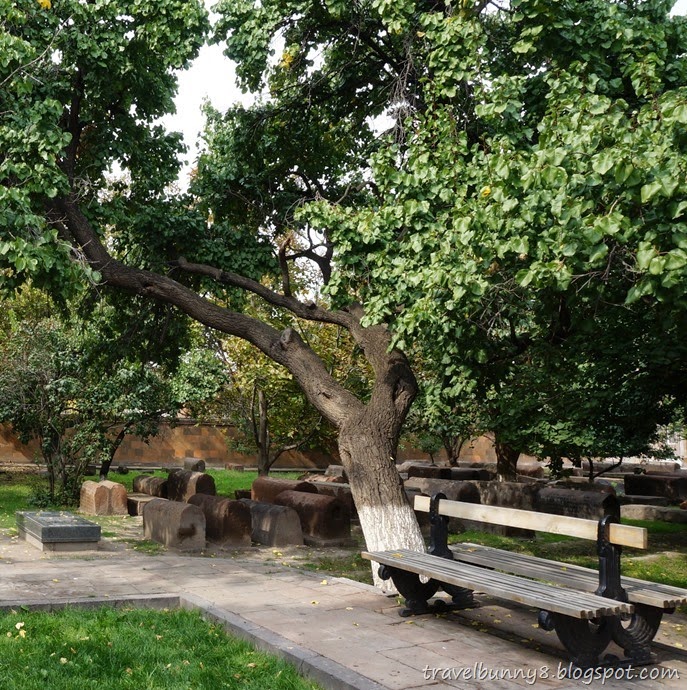
The cemetery under the shade of trees was a peaceful sight.

Took a family photo in front of St. Gayane Church before we left.




![[MALAYSIA] How To Do A Self Guided Walking Tour in Kota Kinabalu](https://blogger.googleusercontent.com/img/b/R29vZ2xl/AVvXsEgR_cJjX4Shl9rsz0ufzxjmtLMq5PAvmTNDHypSVV2CYDaarZVj8EMznRkXqdVeCGg2yEMdFqPtI5rvrmMtJVSL1W9jqOtdCM2EFAc5ZTWn7XzPQV5sqS4s1DO0T_AuF0nq_dLQ53b9-ju3yyLJUrvU2TlhbmD4rDDV5-aPFaT2WEQZ1c257JXGUhyfsw/s72-c/20220524_131141.jpg)
![[MALAYSIA] Tips on Taking Instagrammable Photo at KL Street Art Lane (Map Included)](https://blogger.googleusercontent.com/img/b/R29vZ2xl/AVvXsEjsKxlD3eU8SJeOolcscKEZjU-YtCIpk-geUR_avDri9-hyDIjRPGfKrOq_Qcbmkkm-HpTTdbI7rTpFzFo3wzWi7R27qdiOEOhcDLvZb-6x52rgkw_hxI8WIYT6tb6eLbmBZAFyOTpLkQNy/s72-c/collage+cover.jpg)
![[FRANCE] My Favourite Paris Eiffel Tower Photo Spots](https://blogger.googleusercontent.com/img/b/R29vZ2xl/AVvXsEi220KHLfBDpyO53KorHwAb0KQEuiiaVDlrFYwEEAvs8YvKb-Edmyt7Hl7rZszN6qc-GM4e3SmjBS2pUiCiv8ljl8mnrUR93Ljxb0xGrSZ4sZLPRErpbAj29btKvnIC67xV93iKnrH3QRcc/s72-w781-c-h505/DSCF4372.JPG)
![[FRANCE] My Unforgettable Trip to Mont Saint-Michel](https://blogger.googleusercontent.com/img/b/R29vZ2xl/AVvXsEiVPyy72HIGsb8lnH7zvmCT8fKDLby20OtHvFN2rAp_BWadwYBvOq3Ny-JtjTu1CTXP4rSHUxr7Z0yOgE7zFqDFwC2HEuCWp-F2ykSwXCFNeis4Q7a5IpyepHyfv9BXibLV2s8E-7mqMFx4/s72-c/DSC05363.JPG)
![[MONACO] How To Visit Monaco In One Day From Nice](https://blogger.googleusercontent.com/img/b/R29vZ2xl/AVvXsEgZkJeVAOmz4LTRwY2uDTK131UJVUWH_44GUUU3H-ni63dK2BlNqITBIh5Tdcpz9kXTUb7ePW7f-PQ1Y7E6B4lnqKEHs_nL3Eop-ouoFhxayMI4lNCcUG-oJnGMVwpGDlBu8lfgn10H_QHw/s72-c/DSC06605.JPG)
Thank you for this article, it's really helpful and can be a guide for other travelers.
ReplyDeleteIn case if you want to have more information about historical values of the Saint Gayane Church, you can visit https://www.iarmenia.org/saint-gayane-church/. Hope it'll help you to find out more about Armenia and its culture! Enjoy!